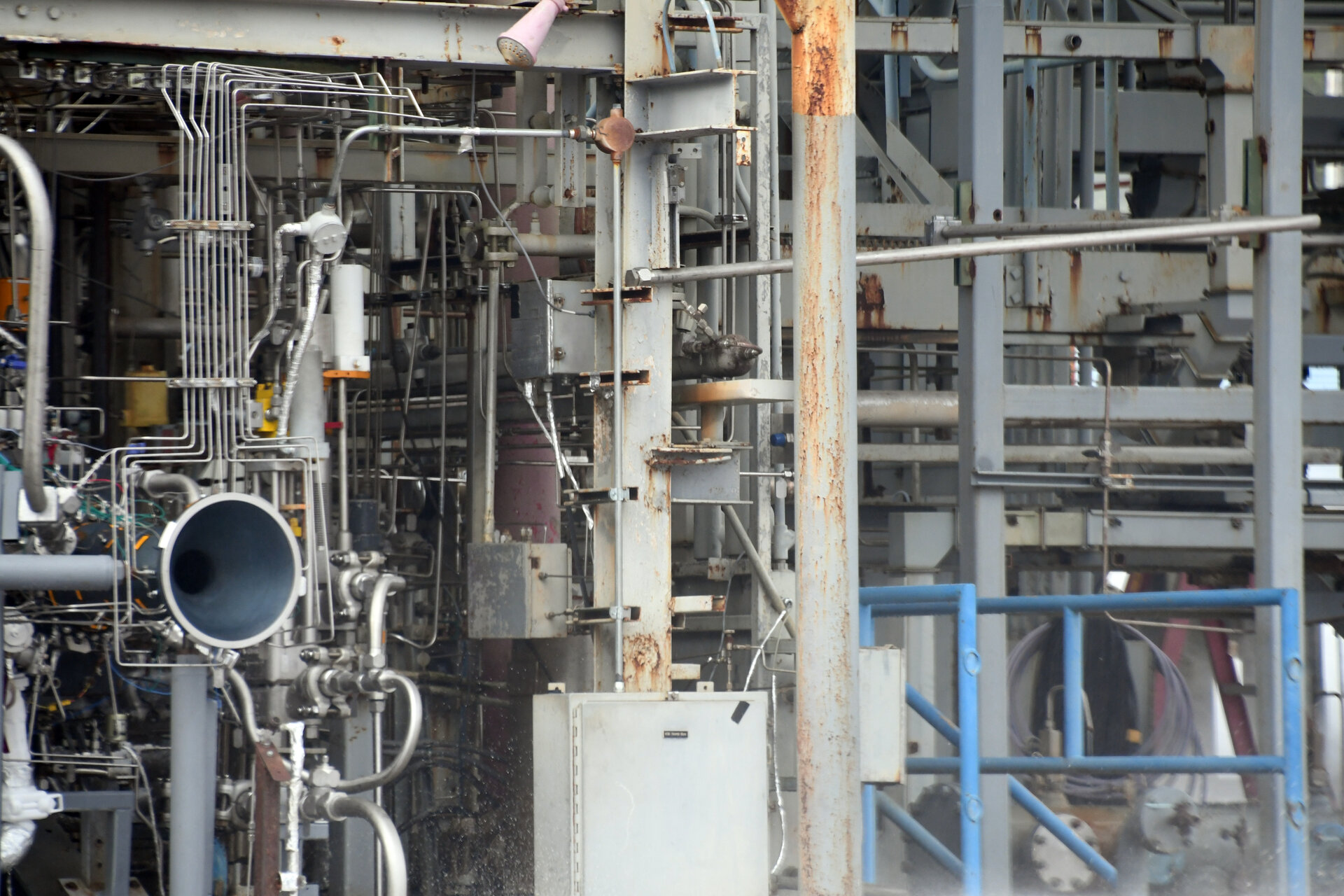Global S&T Development Trend Analysis Platform of Resources and Environment
| 3D-printed thrust chamber passes first tests for Vega evolu… | |
| admin | |
| 2020-03-03 | |
| 发布年 | 2020 |
| 语种 | 英语 |
| 国家 | 欧洲 |
| 领域 | 地球科学 |
| 正文(英文) | The 3D-printed thrust chamber assembly of the methane-fuelled M10 rocket engine has passed its first series of hot firing tests. The M10 engine will power the upper stage of future Vega evolutions from 2025. “These test results are encouraging, confirming that our propulsion teams are right on track along the development path identified for such novel technology for Vega evolutions,” commented Giorgio Tumino, managing ESA’s Vega and Space Rider development programmes. M10 will improve propulsion efficiency and environmental sustainability by reducing emissions and combustion waste thereby increasing the competitiveness of European small launchers and lowering their cost. The M10 is restartable and uses a system of smart pressure control. This improves fuel management and offers mission flexibility. Avio in Italy built this TCA in two parts via additive layer-by-layer manufacturing (ALM) using metal alloys, then welded the two parts together. ALM enables more complex internal geometries to be built in fewer parts with a reduced need for additional machining, which benefits cryogenic technology, speeds up production time and cuts costs. M10 is a 10 t-class liquid oxygen–methane expander cycle engine, intended to replace the third and fourth stage (Zefiro 9 solid-propellant motor and AVUM upper stage) of the current Vega configuration. ALM with metal alloys has become more reliable and of better quality but product inspection is challenging. Non-destructive inspection (NDI) such as tomography and ultrasound is used to detect defects, geometry distortions and potential obstructions within cooling channels. Subscale models demonstrated in 2018 that ALM produces thrust chambers that are comparable to those built in the traditional way and that NDI was successful in detecting defects during manufacturing. This opened the way for the development of the full-scale ALM thrust chamber. 
During this test campaign, the TCA was fired 19 times for a total of 450 seconds at the NASA Marshall Space Flight Center in the USA. By comparing this data with the results from previous models, engineers will better understand the engine behaviour and performances in the up-scaled model. This will help to optimise the configuration of the first M10 development model. The hot firing of the first development model of the M10 engine will be carried out at the end of the year. Ground qualification is foreseen for 2024 followed by its use in future Vega launch vehicles by 2025. "These tests prove new technologies and methods that will keep Europe competitive in the launch services market into the future," added Stefano Bianchi, Head of the Space Transportation developments at ESA. 

M10 thrust chamber hot firing
Access the video |
| URL | 查看原文 |
| 来源平台 | European Space Agency |
| 文献类型 | 新闻 |
| 条目标识符 | http://119.78.100.173/C666/handle/2XK7JSWQ/229231 |
| 专题 | 地球科学 |
| 推荐引用方式 GB/T 7714 | admin. 3D-printed thrust chamber passes first tests for Vega evolu…. 2020. |
| 条目包含的文件 | 条目无相关文件。 | |||||
| 个性服务 |
| 推荐该条目 |
| 保存到收藏夹 |
| 查看访问统计 |
| 导出为Endnote文件 |
| 谷歌学术 |
| 谷歌学术中相似的文章 |
| [admin]的文章 |
| 百度学术 |
| 百度学术中相似的文章 |
| [admin]的文章 |
| 必应学术 |
| 必应学术中相似的文章 |
| [admin]的文章 |
| 相关权益政策 |
| 暂无数据 |
| 收藏/分享 |
除非特别说明,本系统中所有内容都受版权保护,并保留所有权利。
修改评论